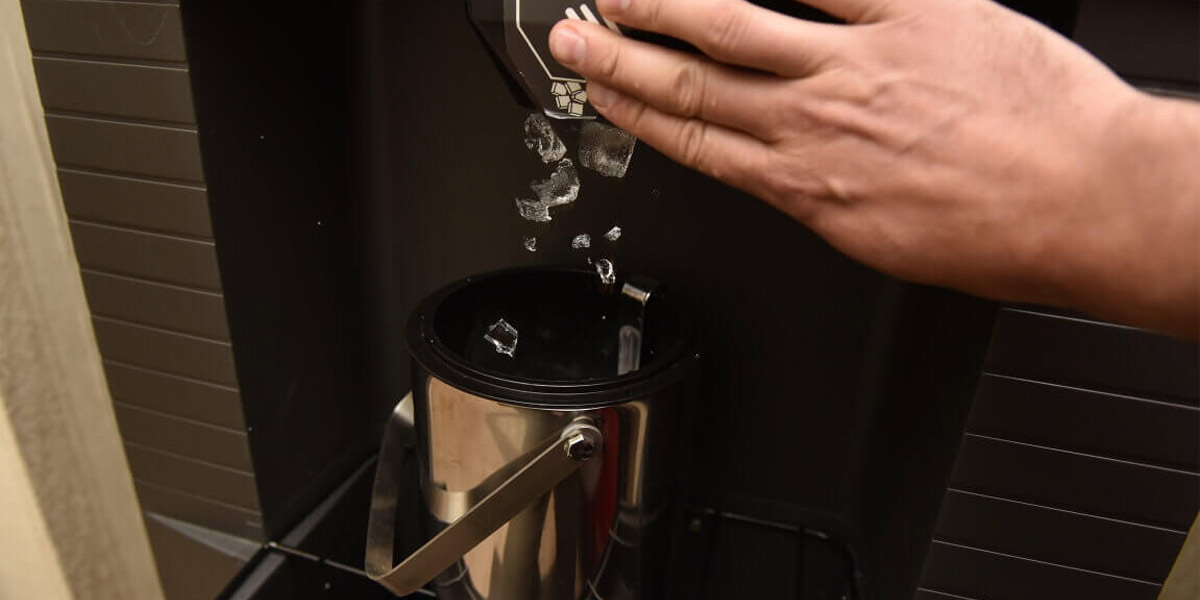

Articles
Why Is My Ice Maker Knocking
Modified: May 6, 2024
Discover why your ice maker is making a knocking sound with our informative articles. Get expert tips and solutions to fix the issue quickly.
(Many of the links in this article redirect to a specific reviewed product. Your purchase of these products through affiliate links helps to generate commission for Storables.com, at no extra cost. Learn more)
Introduction
Having an ice maker in your home is a convenient and time-saving appliance. It allows you to have ice readily available for cold drinks, parties, and gatherings. However, there may come a time when you start hearing an unusual knocking sound coming from your ice maker. This knocking can be not only disruptive but also concerning, as it may indicate a problem with your ice maker. In this article, we will explore the common causes of ice maker knocking and provide troubleshooting tips to help you resolve the issue.
Ice maker knocking can be caused by a variety of factors, ranging from simple maintenance issues to more complex mechanical problems. By understanding the potential causes, you will be better equipped to identify and resolve the source of the knocking sound.
Key Takeaways:
- Troubleshooting ice maker knocking involves checking water pressure, inspecting loose parts, cleaning ice build-up, adjusting production settings, and seeking professional help if needed. Safety and manufacturer guidelines are crucial.
- Addressing ice maker knocking involves understanding common causes such as water valve issues, motor problems, loose parts, water line vibrations, excessive ice production, and ice build-up. Troubleshooting steps include adjusting water pressure, inspecting and tightening loose parts, cleaning and removing ice build-up, adjusting ice production settings, and seeking professional assistance when needed.
Read more: Why Is My Ice Melting In My Ice Maker
Common Causes of Ice Maker Knocking
1. Water Valve Issues: One common cause of ice maker knocking is a faulty water valve. If the water valve is not functioning properly, it may result in inadequate water flow into the ice maker, causing the knocking sound. This can be due to a clogged valve, a malfunctioning solenoid, or a worn-out valve.
2. Ice Maker Motor Problems: Another possible cause of the knocking sound is a malfunctioning ice maker motor. If the motor is not functioning smoothly, it may create vibrations that can result in knocking noises. This can occur due to worn-out motor bearings or a misalignment of the motor components.
3. Loose or Faulty Parts: Loose or faulty parts within the ice maker can also cause knocking sounds. This can include loose screws, brackets, or other components that create movement and result in knocking noises. It’s essential to inspect the ice maker thoroughly to identify any loose or damaged parts.
4. Water Line Vibrations: If the water line supplying water to the ice maker is not properly secured or insulated, it can cause vibrations that lead to knocking sounds. This can occur when the water pressure increases, causing the pipes to shake and create the knocking noise.
5. Excessive Ice Production: Another factor that can contribute to ice maker knocking is excessive ice production. If the ice maker is continuously producing ice at a rapid pace, it can cause the ice cubes to collide with each other and create a knocking sound. This can happen if the ice maker’s production settings are too high.
6. Hardened Ice Build-up: Over time, ice can accumulate and harden within the ice maker. This can lead to blockages or obstructions that cause the ice cubes to jostle and create knocking sounds. It’s important to regularly clean and remove any hardened ice build-up to prevent this issue.
By understanding these common causes of ice maker knocking, you can take the necessary steps to troubleshoot and resolve the issue. In the next section, we will provide some troubleshooting tips to help you fix the problem and get your ice maker back to its normal functioning state.
Water Valve Issues
A faulty water valve is a common culprit for ice maker knocking. The water valve is responsible for controlling the flow of water into the ice maker, and if it is not functioning correctly, it can result in insufficient water supply or irregular water flow. This can lead to knocking sounds as the ice maker tries to operate with inadequate water.
To troubleshoot water valve issues, follow these steps:
- Check the water supply: Ensure that the water supply line is properly connected and that there are no kinks or obstructions in the line. A clogged or restricted water supply can cause knocking sounds. If you suspect a problem with the water supply line, you may need to replace or repair it.
- Inspect the water valve: Locate the water valve in your ice maker and inspect it for any signs of damage or wear. Check if the valve is clogged or if there is any debris that may be affecting its functionality. If necessary, clean or replace the water valve to ensure smooth water flow.
- Test the water pressure: Proper water pressure is essential for the efficient operation of the ice maker. Use a water pressure gauge to measure the water pressure coming into your ice maker. Refer to the manufacturer’s guidelines to ensure that the water pressure falls within the recommended range. If the pressure is too low or too high, it may cause knocking sounds and other issues.
- Replace the water valve: If you have checked all the above steps and the issue persists, it may be necessary to replace the water valve. Consult the ice maker’s user manual or contact a professional for guidance on how to replace the water valve properly.
Resolving water valve issues can help eliminate knocking sounds in your ice maker. However, if the problem persists or you are unsure about performing the troubleshooting steps, it is recommended to seek assistance from a qualified technician or contact the manufacturer for further guidance.
Ice Maker Motor Problems
When you hear knocking sounds coming from your ice maker, motor problems could be the culprit. The motor is responsible for powering the ice maker’s various components, such as the auger or the ejector blades. If the motor is not functioning properly, it can result in vibrations and knocking noises.
To troubleshoot ice maker motor problems, follow these steps:
- Inspect the motor components: Begin by examining the motor and its components for any visible signs of damage or misalignment. Look for loose or disconnected wires, worn-out motor bearings, or any unusual wear and tear. If you notice any issues, consider replacing the faulty motor component.
- Check for obstructions: Sometimes, the knocking sound may be caused by a foreign object obstructing the motor’s movement. Carefully inspect the area around the motor and remove any debris, ice cubes, or other objects that may be interfering with its operation. Be cautious while handling electrical components and disconnect the power supply before doing any maintenance.
- Ensure proper lubrication: Proper lubrication is crucial for the smooth functioning of the motor. If the motor bearings are dry or worn out, it can cause friction and vibration, resulting in knocking sounds. Consult the ice maker’s user manual or manufacturer’s guidelines to determine the appropriate lubrication method and lubricant to use.
- Consider motor replacement: If you have checked the motor components, removed obstructions, and ensured proper lubrication, but the knocking sound persists, it may be necessary to replace the motor. Motor replacement should be done by a qualified technician or in accordance with the manufacturer’s instructions to ensure proper installation.
By troubleshooting and addressing ice maker motor problems, you can resolve knocking issues and restore the smooth operation of your ice maker. If you are unsure about performing any of the troubleshooting steps or the problem persists, it is advisable to seek assistance from a professional technician or contact the manufacturer for further guidance.
Loose or Faulty Parts
One of the potential causes of knocking sounds in an ice maker is loose or faulty parts. Over time, regular use and vibration can cause screws, brackets, and other components to become loose or damaged, leading to disruptive knocking noises. It’s important to inspect the ice maker to identify any loose or faulty parts.
To troubleshoot loose or faulty parts, follow these steps:
- Inspect the ice maker: Carefully examine the ice maker’s components, including the ice tray, auger, and housing, for any visible signs of loosened or damaged parts. Check for loose screws, brackets, or other connections that may be causing the knocking sound. If you notice any issues, tighten or replace the faulty parts as necessary.
- Use proper tools and techniques: When tightening or adjusting parts, make sure to use the appropriate tools and techniques recommended by the manufacturer. Avoid over-tightening screws or forcing components into place, as this can cause further damage. Follow the specific instructions provided in the ice maker’s user manual or contact the manufacturer for guidance.
- Consider professional assistance: If you are unsure about the repair process or if the knocking sound persists after tightening the visible parts, it may be necessary to seek professional assistance. A qualified technician will have the expertise to diagnose and repair any underlying issues with the ice maker’s components.
By thoroughly inspecting and addressing any loose or faulty parts, you can eliminate the knocking sound and restore the proper functioning of your ice maker. Remember to always follow safety precautions and seek professional help when needed. Proper maintenance and regular inspections can help prevent future occurrences of loose or damaged parts that may cause knocking noises.
Read more: Why Is My Ice Maker Not Dropping Ice
Water Line Vibrations
Water line vibrations can also be a potential cause of knocking sounds in your ice maker. When the water line supplying water to the ice maker is not properly secured or insulated, it can cause vibrations that result in disruptive knocking noises. These vibrations can occur when the water pressure fluctuates or when the water flow rate is irregular.
To troubleshoot water line vibrations, follow these steps:
- Check water line stability: Inspect the water line connected to your ice maker and ensure that it is properly secured and not loose or shaking. Use clips or fasteners to secure the water line to nearby surfaces, such as the back of the fridge or nearby cabinets. This will help minimize vibrations that can cause knocking sounds.
- Insulate the water line: If you notice that the water line is in direct contact with any hard surfaces or is running through tight spaces, consider adding insulation. Use foam insulation sleeves or adhesive-backed foam tape to wrap around the water line and prevent it from vibrating against other surfaces. This will help dampen the vibrations and reduce knocking noises.
- Check water pressure: Fluctuations in water pressure can also contribute to water line vibrations. Use a water pressure gauge to measure the water pressure coming into your ice maker. If the pressure is too high or too low, consult a plumber to adjust it to the recommended range. Maintaining proper water pressure can help minimize vibrations and knocking sounds.
- Consider professional assistance: If the knocking sound persists despite securing the water line and adjusting the water pressure, it may be necessary to seek professional assistance. A qualified technician will have the expertise to diagnose and address any underlying issues with the water line vibrations.
By taking these steps to troubleshoot water line vibrations, you can eliminate knocking sounds and ensure the smooth functioning of your ice maker. Regularly inspecting and maintaining the water line stability and pressure will help prevent future occurrences of vibrations and knocking noises.
Excessive Ice Production
Excessive ice production is another potential cause of knocking sounds in your ice maker. When the ice maker is continuously producing ice at a rapid pace, the ice cubes can collide with each other, creating a knocking sound. This can happen if the ice maker’s production settings are set too high.
To troubleshoot excessive ice production, follow these steps:
- Adjust ice production settings: Locate the ice maker’s control panel or settings and adjust the ice production settings to a lower level. Refer to the ice maker’s user manual for specific instructions on how to change the production settings. By reducing the amount of ice produced, you can minimize the likelihood of the ice cubes colliding with each other and causing knocking sounds.
- Observe ice production cycle: Monitor the ice maker’s operation and observe the ice production cycle. Take note of any unusual movement or knocking sounds during the ice-making process. If you notice excessive ice build-up or ice cubes clumping together, it may indicate an issue with the ice maker’s internal mechanisms. In such cases, consider contacting a professional for further inspection and assistance.
- Regularly clean and maintain the ice maker: Proper maintenance is crucial to ensure the optimal functioning of your ice maker. Regularly clean and remove any excess ice or debris from the ice tray or storage bin. This will help prevent ice accumulation and minimize the chances of ice cubes colliding and causing knocking sounds.
- Consider professional assistance: If adjusting the ice production settings and performing regular maintenance do not resolve the knocking sound, it may be necessary to seek professional assistance. A qualified technician can inspect the internal components of the ice maker and identify any underlying issues that may be causing excessive ice production or knocking sounds.
By addressing excessive ice production and adjusting the ice maker’s settings, you can minimize knocking sounds and ensure the smooth operation of your ice maker. Regular maintenance and proper observation will help prevent future instances of excessive ice production and potential knocking noises.
Hardened Ice Build-up
One of the potential causes of knocking sounds in an ice maker is the presence of hardened ice build-up. Over time, ice can accumulate and harden within the ice maker, leading to blockages or obstructions. This can cause the ice cubes to jostle and collide with each other, resulting in knocking sounds.
To troubleshoot hardened ice build-up, follow these steps:
- Clean the ice maker: Start by unplugging the ice maker and carefully removing any ice cubes or excess ice from the ice tray or storage bin. Use warm water and a mild detergent to clean the interior of the ice maker, including the ice tray, auger, and surrounding components. Gently scrub away any hardened ice build-up to eliminate potential blockages.
- Inspect and clear the ice chute: The ice chute, where the ice cubes are dispensed, can also accumulate hardened ice over time. Use a soft brush or sponge to clean the ice chute and ensure that there are no obstructions. This will prevent ice cubes from getting stuck and causing knocking sounds when released into the storage bin.
- Check the defrost mechanism: In some cases, if the ice maker experiences issues with its defrost mechanism, ice can build up and harden in areas it shouldn’t. Inspect the defrost mechanism and ensure it is functioning properly. If you notice any malfunctioning parts, consider contacting a professional for further assistance.
- Regularly schedule maintenance: To prevent future instances of hardened ice build-up and knocking sounds, it’s important to establish a regular maintenance routine for your ice maker. This can include cleaning the ice maker, inspecting for any blockages, and addressing any issues promptly.
By thoroughly cleaning and removing hardened ice build-up, you can eliminate knocking sounds and improve the overall performance of your ice maker. Remember to follow proper cleaning procedures and regularly maintain your ice maker to prevent the build-up of hardened ice in the future.
Check the water supply line for any kinks or blockages, as this can cause the ice maker to make knocking sounds. Ensure the water pressure is at the correct level to prevent any disruptions in the ice making process.
Troubleshooting Tips for Fixing Ice Maker Knocking
Experiencing knocking sounds from your ice maker can be frustrating and disruptive. Fortunately, there are several troubleshooting tips you can try to resolve the issue and get your ice maker back to its normal functioning state. Here are some tips to help you fix ice maker knocking problems:
- Check the water pressure: Insufficient or excessive water pressure can lead to knocking sounds in your ice maker. Use a water pressure gauge to measure the water pressure coming into your ice maker. If the pressure is too low or too high, consult a plumber to adjust it to the recommended range.
- Inspect and tighten loose parts: Loose screws, brackets, or other components can contribute to knocking sounds. Inspect the ice maker thoroughly and tighten any loose parts using the appropriate tools. Be careful not to overtighten or damage any components in the process.
- Clean and remove any ice build-up: Hardened ice build-up can cause blockages and knocking sounds. Clean the ice maker regularly to remove any excess ice or debris. Pay attention to the ice tray, auger, and ice chute, ensuring they are free from any obstructions.
- Adjust ice production settings: Excessive ice production can lead to ice cubes colliding and causing knocking sounds. Adjust the ice maker’s production settings to a lower level to reduce the amount of ice produced at a time. Refer to the user manual for instructions on how to change the settings.
- Call a professional for assistance if needed: If the knocking sound persists after attempting the above troubleshooting steps, or if you are unsure about performing them yourself, it’s best to seek professional assistance. A qualified technician can diagnose and repair any underlying issues with your ice maker.
By following these troubleshooting tips, you can address the common causes of ice maker knocking and potentially resolve the issue on your own. Remember to always prioritize safety and consult the manufacturer’s instructions or seek professional help when needed.
Read more: Why Is My Ice Maker Making Clumps Of Ice
Check the Water Pressure
When dealing with an ice maker that is producing knocking sounds, one of the first troubleshooting steps is to check the water pressure. Insufficient or excessive water pressure can cause problems with the ice maker’s operation and lead to knocking sounds. Here’s how you can check and adjust the water pressure:
- Locate the water supply valve: Begin by locating the water supply valve for your ice maker. This valve is typically located on the wall behind the refrigerator or under the sink.
- Turn off the water supply: Before checking the water pressure, make sure to turn off the water supply to the ice maker. This can usually be done by turning the valve clockwise to shut off the flow of water.
- Connect a water pressure gauge: Attach a water pressure gauge to the water supply valve. The gauge should be designed specifically for measuring water pressure and can typically be purchased at a hardware store.
- Turn on the water supply: Slowly turn the water supply valve counterclockwise to gradually open the flow of water. Monitor the water pressure gauge to determine the current water pressure level.
- Check the recommended water pressure: Refer to the ice maker’s user manual or manufacturer’s guidelines to find the recommended water pressure range. This range may vary depending on the specific make and model of your ice maker.
- Adjust the water pressure: If the water pressure is too low, it may not provide sufficient water flow to the ice maker. In this case, you may need to adjust the water pressure regulator or consult a plumber to increase the water pressure. On the other hand, if the water pressure is too high, it can cause excessive water flow and potential knocking sounds. In such cases, consult a plumber to reduce the water pressure to the recommended range.
- Test the ice maker: After adjusting the water pressure, turn on the ice maker and observe its operation. If the knocking sounds have ceased, your adjustment may have resolved the issue. However, if the knocking sounds persist, it may be necessary to explore other troubleshooting steps or seek professional assistance.
By checking and adjusting the water pressure within the recommended range, you can ensure that your ice maker receives an appropriate water supply, potentially eliminating knocking sounds. Remember to follow the manufacturer’s guidelines and exercise caution while handling water-related components.
Inspect and Tighten Loose Parts
When your ice maker is making knocking sounds, one possible cause could be loose parts within the appliance. Regular use, vibrations, and movement can cause screws, brackets, or other components to become loose over time. Here’s a step-by-step guide on how to inspect and tighten any loose parts in your ice maker:
- Disconnect the power: Prior to inspecting and working on your ice maker, ensure that it is completely powered off and unplugged. This precaution is essential for your safety.
- Remove access panels: Depending on the make and model of your ice maker, there may be access panels that need to be removed to gain access to the internal components. Refer to the user manual for specific instructions on removing these panels.
- Inspect visible components: Once you have access to the internal components, visually inspect the ice maker for any loose or detached parts. Common areas to check include screws, brackets, motor mounts, and connections. Look for any signs of wear or damage that may be contributing to the knocking sounds.
- Tighten loose parts: Using the appropriate tools, such as a screwdriver or wrench, carefully tighten any loose components that you identified during the inspection. Pay close attention to screws and brackets, ensuring they are securely fastened but not overtightened. Avoid applying excessive force that could damage the parts.
- Reassemble and test: After tightening all the loose parts, reassemble the access panels as per the manufacturer’s instructions. Once everything is back in place, plug in the ice maker and turn it on. Observe its operation to see if the knocking sounds have been resolved.
- Repeat if necessary: In some cases, you may need to repeat the inspection and tightening process if the knocking sounds persist. It’s possible that there may be additional loose parts that were not initially identified. Take your time and thoroughly inspect all components to ensure a secure fit.
By inspecting and tightening any loose parts, you can minimize movements and vibrations within the ice maker, potentially eliminating or reducing the knocking sounds. However, if the issue persists or you are unsure about performing these steps yourself, it’s advisable to contact a professional technician for further assistance.
Clean and Remove any Ice Build-up
Ice build-up within your ice maker can lead to knocking sounds and interfere with its normal operation. Over time, ice cubes can accumulate and harden, causing blockages or obstructions. Follow these steps to clean and remove any ice build-up from your ice maker:
- Unplug the ice maker: Before beginning the cleaning process, ensure that the ice maker is completely powered off and unplugged. This is crucial for your safety during the maintenance process.
- Empty the ice tray and storage bin: Remove any ice cubes or excess ice from the ice tray and storage bin. Discard any old or discolored ice. This will provide you with better access to the interior components of the ice maker.
- Use warm water and mild detergent: Create a mixture of warm water and mild detergent in a bowl or bucket. Use a soft cloth or sponge to dip into the mixture and gently clean the interior of the ice maker. Pay close attention to the ice tray, auger, and surrounding components where ice build-up may be present.
- Thoroughly rinse: After cleaning, rinse all the components with clean water to remove any soap residue or loosened debris. This will ensure that your ice maker is free from any contaminants.
- Remove hardened ice build-up: If there are areas with hardened ice build-up that cannot be easily removed, use a plastic utensil or a wooden dowel to carefully chip away the ice. Be gentle to avoid damaging any interior parts.
- Dry and reassemble: Once all the cleaning and removal of ice build-up is complete, make sure to thoroughly dry all the components before reassembling the ice maker. Moisture can lead to future ice build-up and potential knocking sounds.
- Plug in and test: After reassembling the ice maker, plug it back in and allow it to cool down. Once it reaches the desired temperature, observe its operation to see if the knocking sounds have been resolved. If the issue persists, you may need to explore other troubleshooting steps or seek professional assistance.
Regularly cleaning and removing ice build-up not only helps prevent knocking sounds, but also ensures the longevity and optimal performance of your ice maker. Remember to always follow safety precautions and consult the manufacturer’s instructions for specific cleaning recommendations.
Adjust Ice Production Settings
If your ice maker is producing an excessive amount of ice, it can lead to the formation of ice cubes colliding with each other and causing knocking sounds. Adjusting the ice production settings can help regulate the amount of ice produced and potentially eliminate the knocking sounds. Here’s how you can adjust the ice production settings:
- Locate the control panel or settings: Depending on the make and model of your ice maker, the control panel or settings may be located on the front or side of the appliance. Consult the user manual for specific instructions on locating the control panel.
- Access the ice production settings: Once you have located the control panel, navigate to the ice production settings. This may involve pressing a specific button or using a dial to adjust the settings. Refer to the user manual for the exact procedure for your ice maker.
- Reduce the ice production level: Lower the ice production level by adjusting the settings to a lower value. This will decrease the amount of ice produced in each cycle, reducing the chances of the ice cubes colliding and creating knocking sounds. Pay attention to any indicators or display on the control panel to ensure that the new setting has been applied.
- Observe the ice maker’s operation: After adjusting the ice production settings, allow the ice maker to complete a full cycle. Observe its operation to see if the knocking sounds have been reduced or eliminated. If necessary, you can further adjust the settings to find the optimal ice production level that minimizes knocking sounds.
- Experiment with different settings: If the knocking sounds persist even after adjusting the ice production settings, you may need to experiment with different settings or intervals to find a balance that works for your specific ice maker. Some models offer different ice cube sizes or production intervals, which can be adjusted to customize the ice production to your preferences.
- Consult the user manual or manufacturer: If you’re unsure about how to adjust the ice production settings or if the knocking sounds persist despite adjustments, refer to the user manual or contact the manufacturer for further guidance. They can provide specific instructions tailored to your ice maker’s make and model.
By adjusting the ice production settings, you can regulate the amount of ice produced by your ice maker, potentially reducing or eliminating knocking sounds. Remember to reference the user manual for detailed instructions and consult the manufacturer if you have any doubts or concerns.
Read more: Why Is My Ice Maker Not Making
Call a Professional for Assistance if Needed
If you’ve tried troubleshooting the knocking sounds in your ice maker but haven’t been successful in resolving the issue, it may be time to call a professional for assistance. An experienced technician will have the expertise and knowledge to diagnose and repair any underlying problems with your ice maker. Here are a few reasons why you should consider seeking professional help:
- Complex mechanical issues: Ice makers are intricate appliances with various mechanical components. If the knocking sounds persist despite your troubleshooting efforts, it could indicate more complex mechanical issues that require professional attention. A technician will have the necessary tools and expertise to accurately diagnose and repair these complex problems.
- Electrical and safety concerns: Ice makers involve electrical components and require proper safety measures when handling internal parts. If you’re unsure about working with electrical connections or dealing with advanced troubleshooting techniques, it’s best to leave it to a professional. They will ensure that all necessary safety precautions are taken to avoid harm or further damage to the appliance.
- Manufacturer’s warranty: If your ice maker is still under warranty, attempting repairs on your own may void the warranty. By consulting a professional, you can ensure that any necessary repairs or replacements are performed by authorized technicians, keeping your warranty intact and potentially saving you from additional costs.
- Save time and effort: Calling a professional technician will save you the time and effort of further troubleshooting and potential trial and error. They will have the knowledge and experience to quickly identify the root cause of the knocking sounds and provide appropriate solutions, getting your ice maker back to proper functionality in a timely manner.
- Prevent further damage: Incorrect repairs or adjustments can lead to further damage to your ice maker. By relying on a professional, you can avoid causing additional problems and ensure that the repairs are done correctly the first time. A professional technician will have the right tools and expertise to perform the necessary repairs safely and effectively.
When it comes to complex issues or if you’re uncertain about handling the repairs on your own, it’s always better to seek professional assistance. They will have the expertise and resources to accurately diagnose and repair the problem, giving you peace of mind and a properly functioning ice maker.
Conclusion
Dealing with knocking sounds from your ice maker can be both frustrating and concerning. However, by understanding the common causes and implementing troubleshooting tips, you can resolve the issue and enjoy the smooth operation of your ice maker once again.
In this article, we discussed various factors that can contribute to ice maker knocking, including water valve issues, ice maker motor problems, loose or faulty parts, water line vibrations, excessive ice production, and hardened ice build-up. We provided detailed steps for troubleshooting each of these causes, emphasizing the importance of safety and following manufacturer’s guidelines.
Checking the water pressure, inspecting and tightening loose parts, cleaning and removing ice build-up, adjusting ice production settings, and seeking assistance from a professional when needed are all potential solutions to address knocking sounds in your ice maker. These troubleshooting tips are designed to help you identify and resolve the underlying issues affecting your ice maker’s performance.
Remember, as you troubleshoot your ice maker, it’s essential to follow safety precautions and refer to the user manual provided by the manufacturer. If at any point you feel uncomfortable or unsure about performing the troubleshooting steps, it’s always best to seek professional assistance.
By taking the necessary steps to address ice maker knocking sounds, you can restore the smooth and quiet operation of your ice maker, ensuring that you have a reliable source of ice ready for use at all times.
So, roll up your sleeves, implement the troubleshooting tips discussed in this article, and bid farewell to the knocking sounds in your ice maker. Cheers to enjoying a refreshing drink with ice cubes that are made in peace!
Now that you've tackled knocking issues with your ice maker, why stop there? Every homeowner knows that appliance mishaps don't end in the kitchen. If your refrigerator is acting up, find out how to get it running smoothly again with our detailed guide on refrigerator repair. Beyond the fridge, general wear and tear in your home demands attention too. Our comprehensive insights on home repair will equip you with the necessary skills to keep your living space in tip-top shape. Don't let minor issues become major headaches—learn how to fix them today!
Frequently Asked Questions about Why Is My Ice Maker Knocking
Was this page helpful?
At Storables.com, we guarantee accurate and reliable information. Our content, validated by Expert Board Contributors, is crafted following stringent Editorial Policies. We're committed to providing you with well-researched, expert-backed insights for all your informational needs.
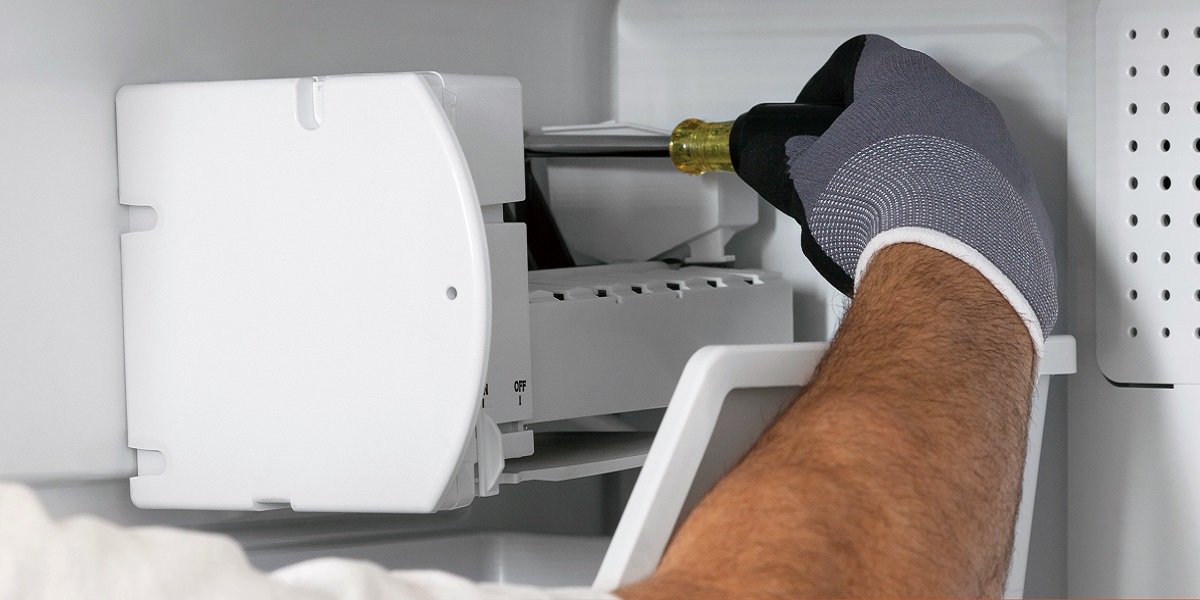
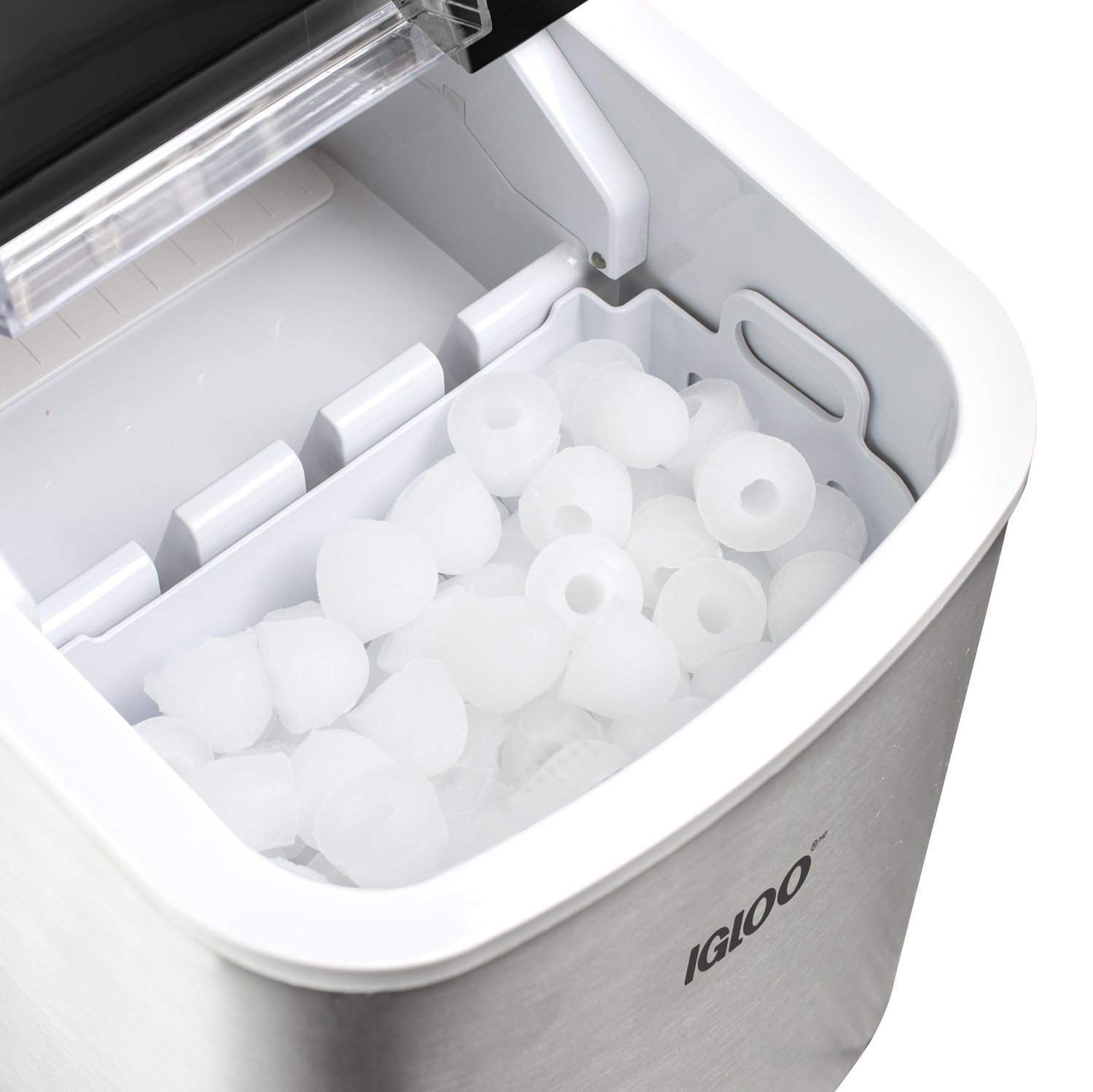
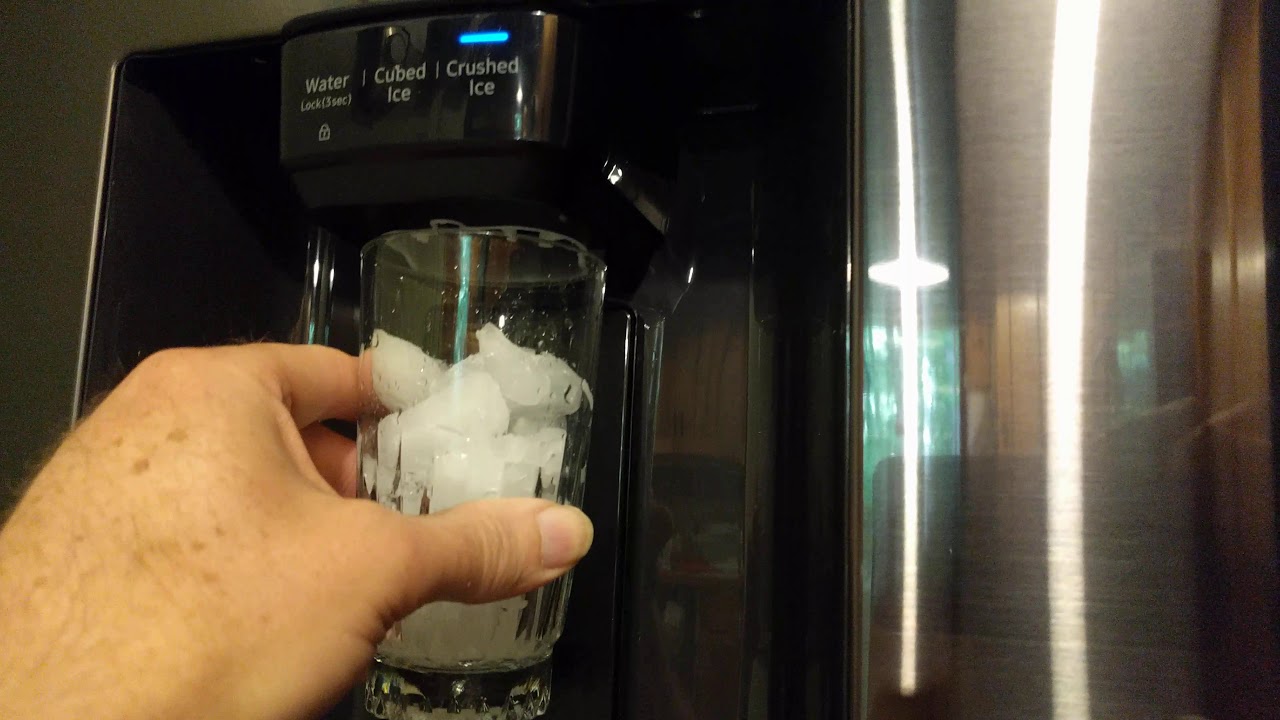
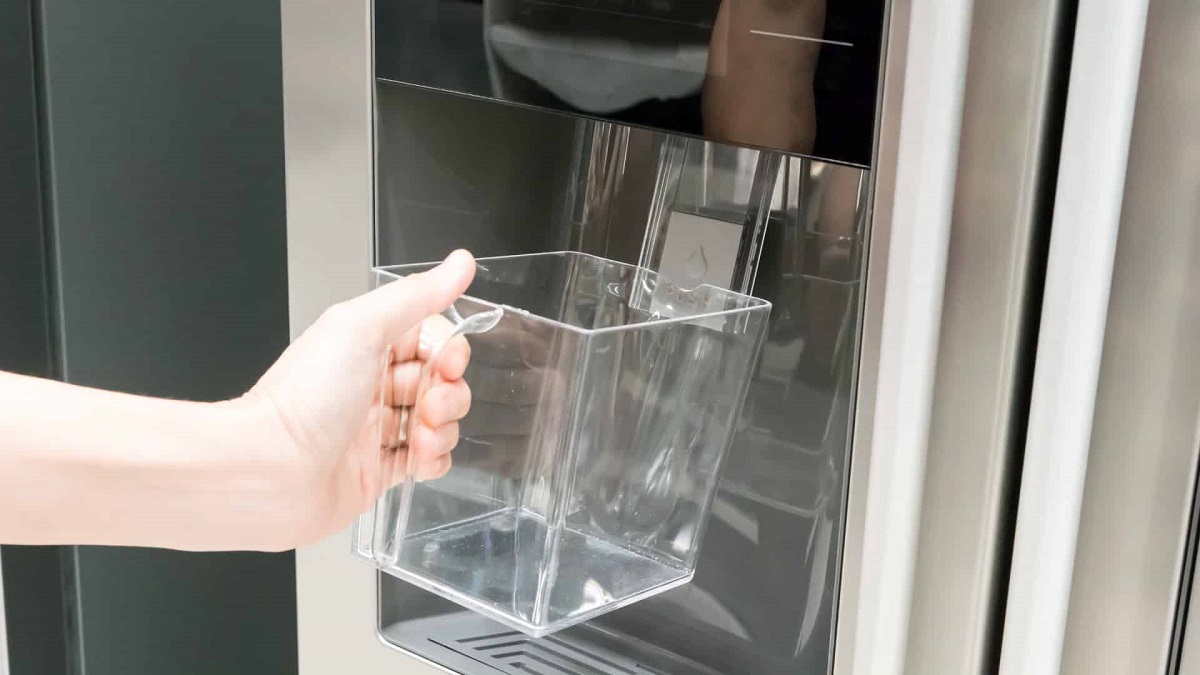
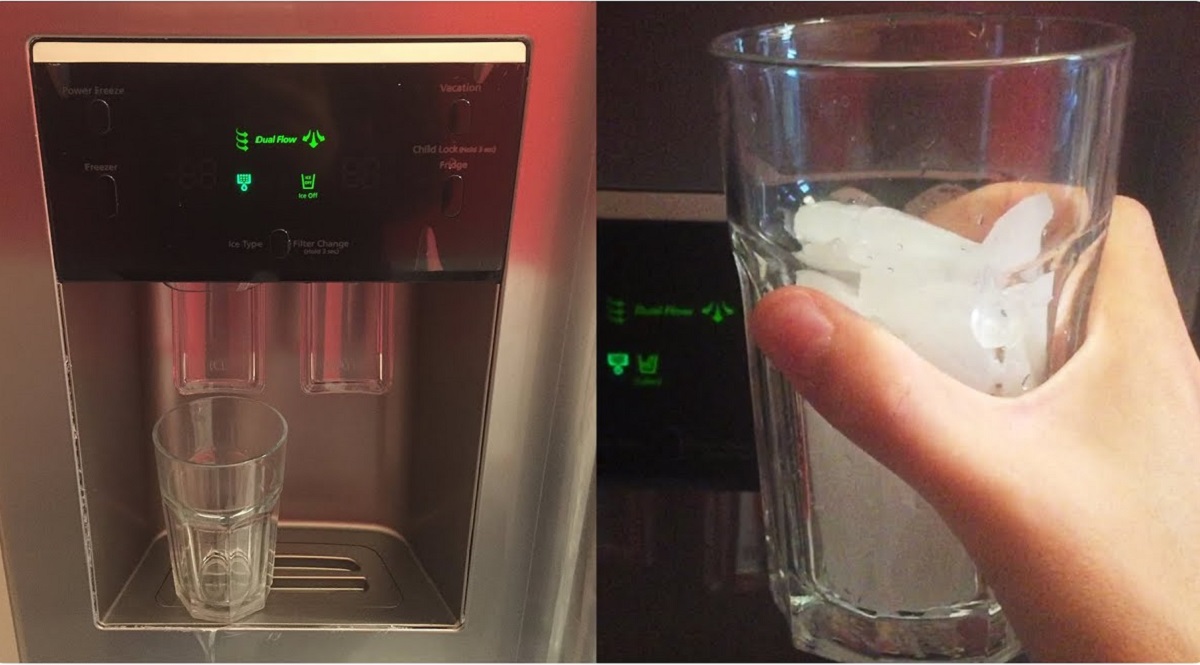
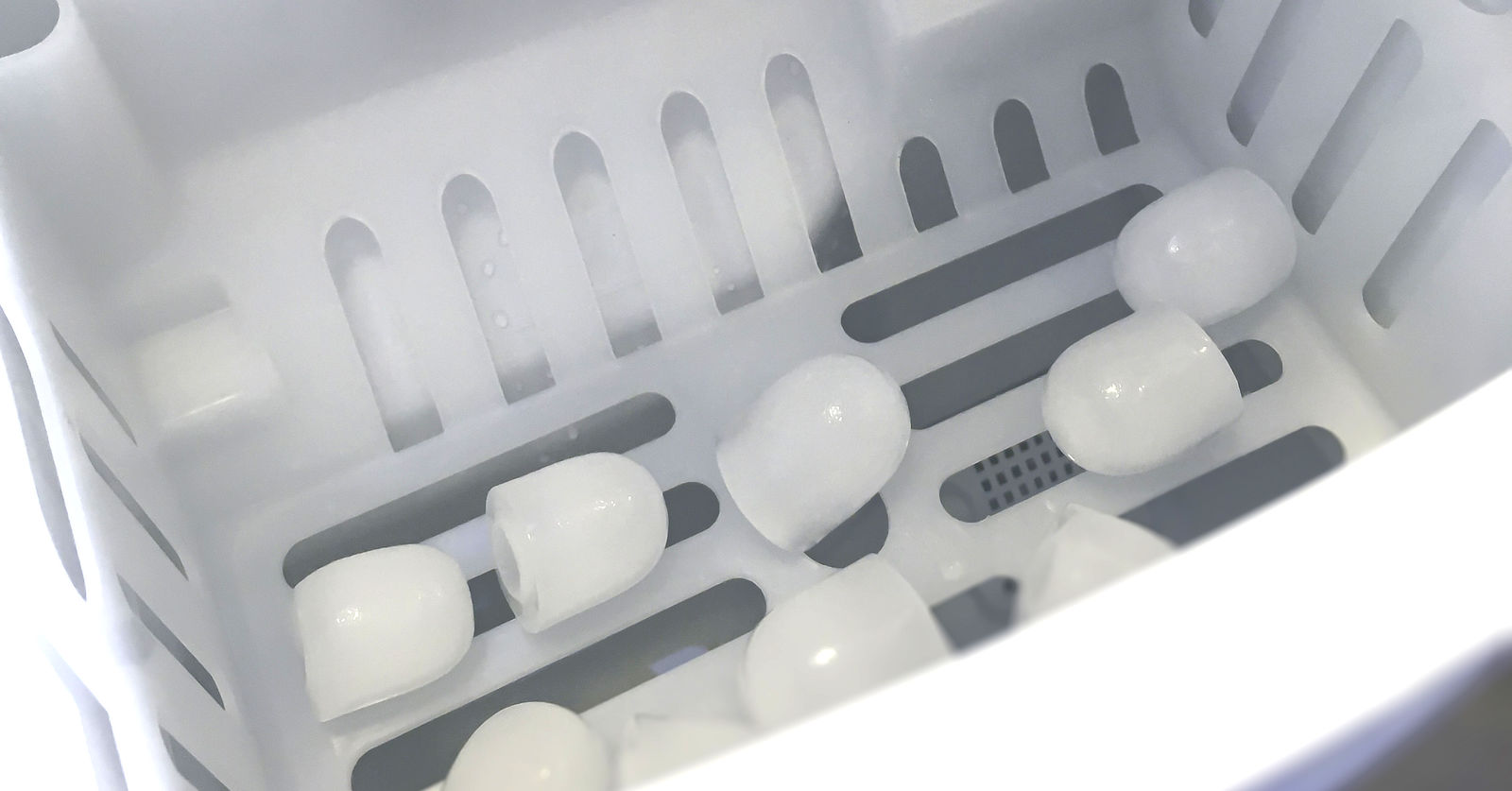
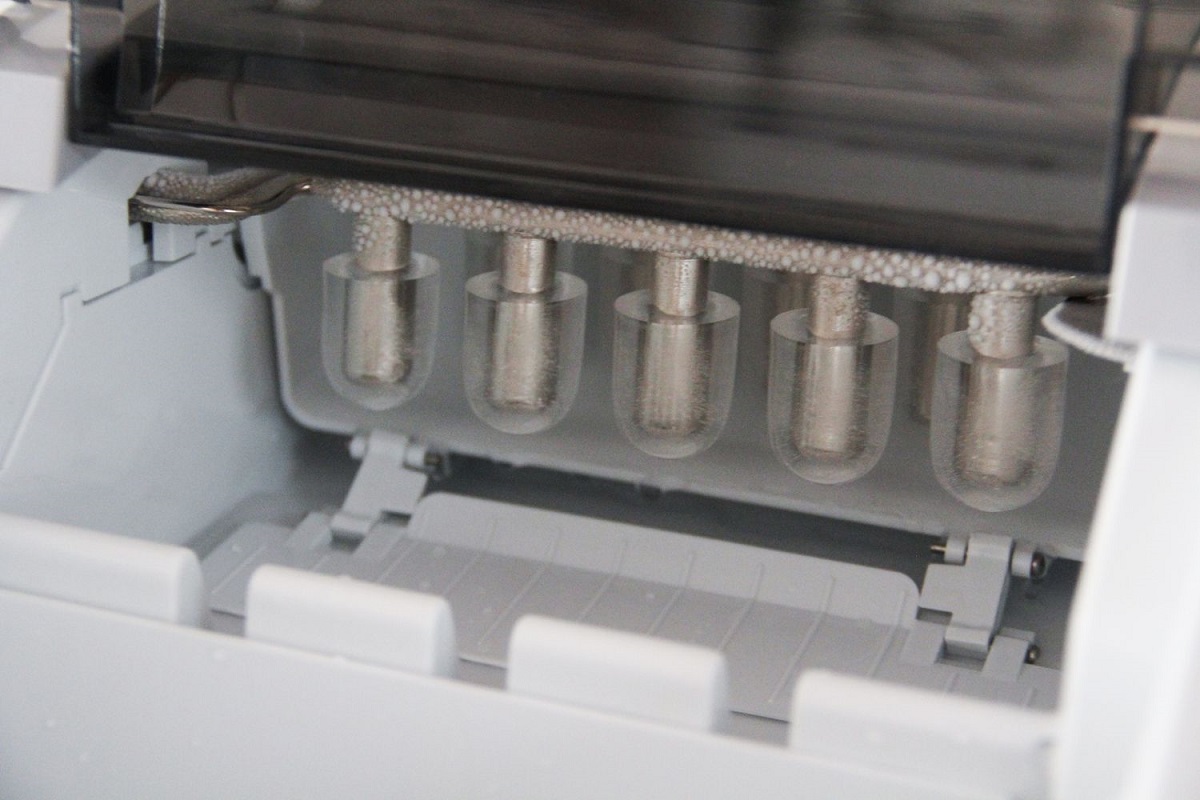
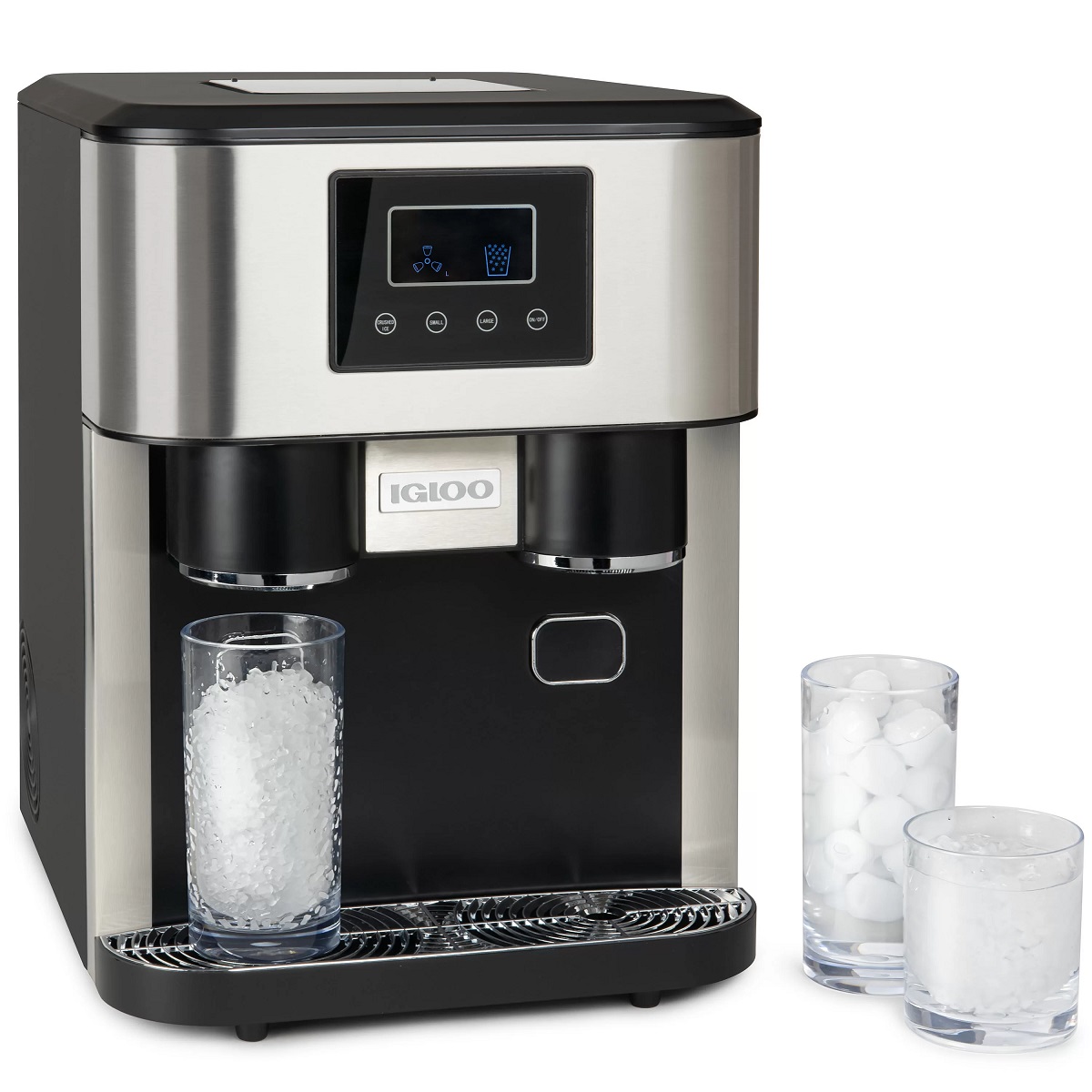
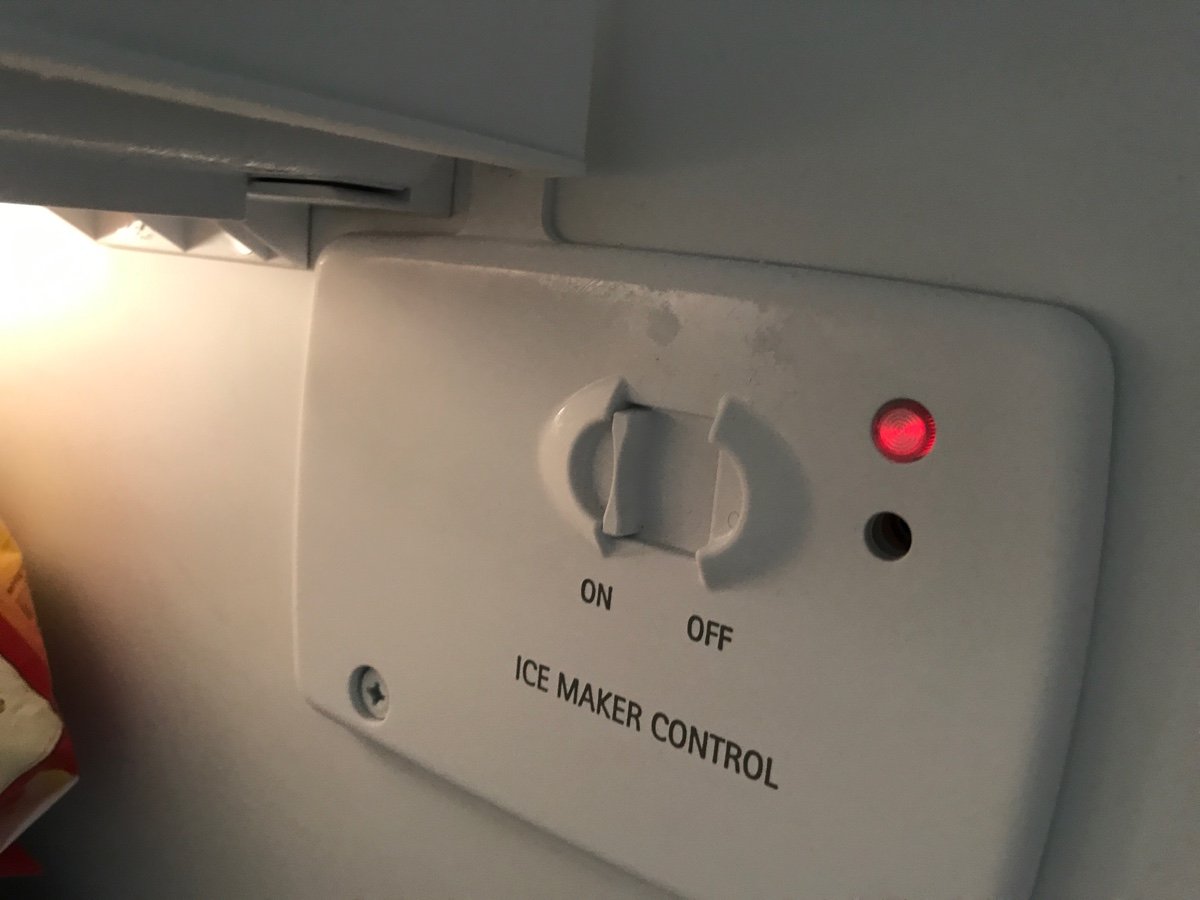
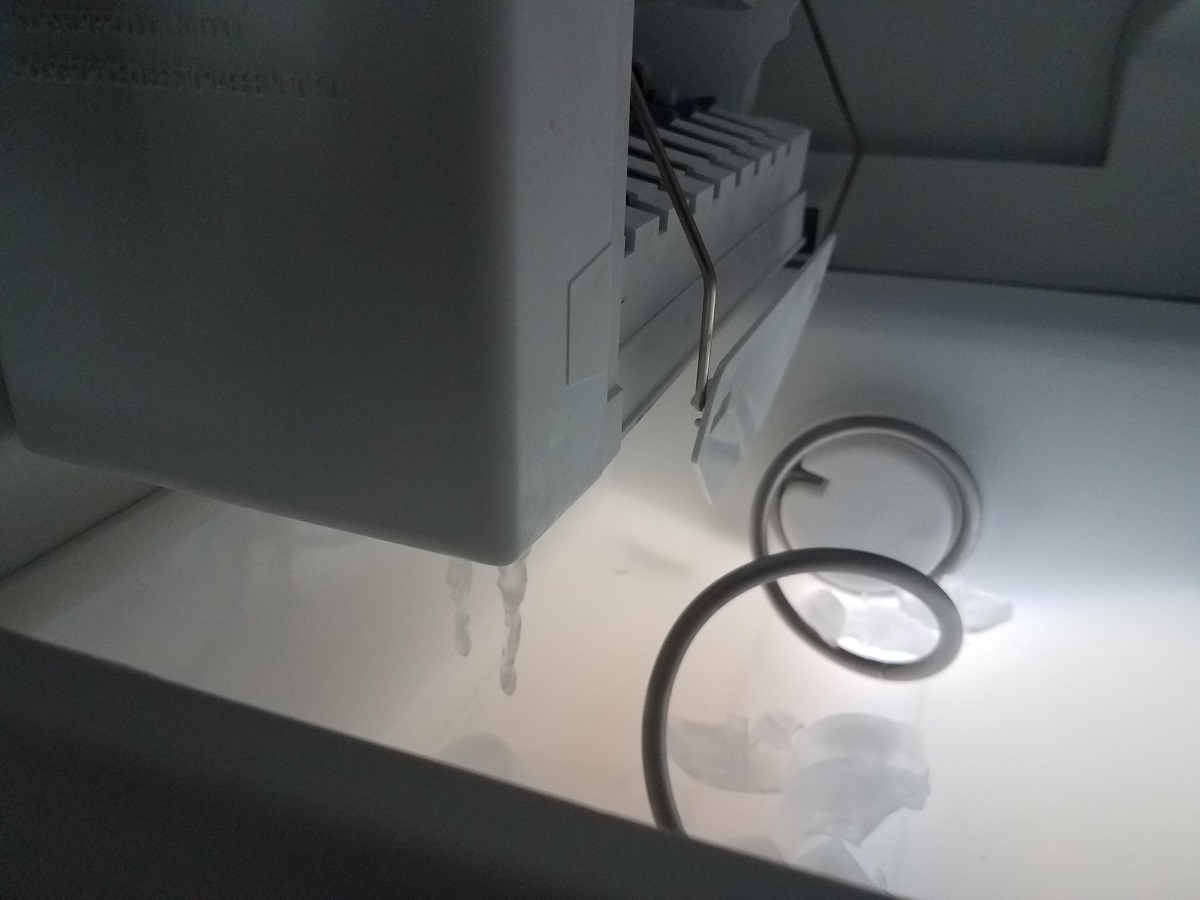
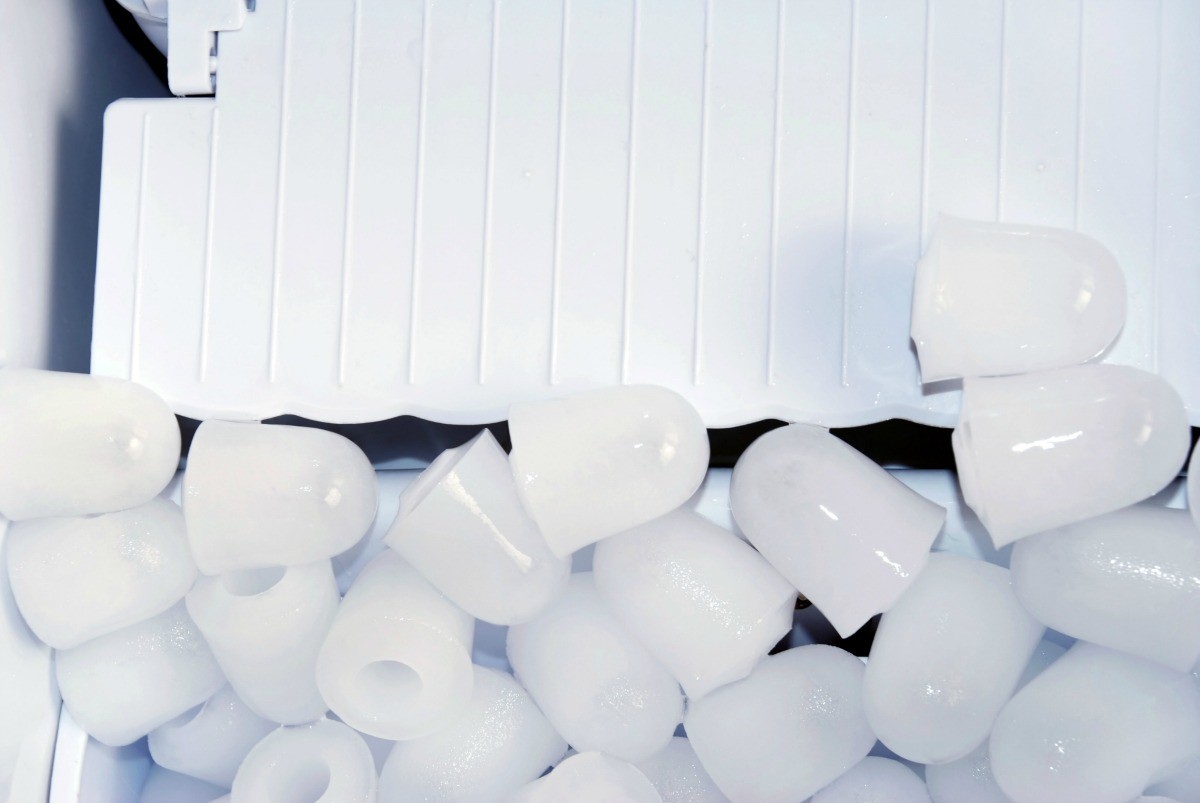
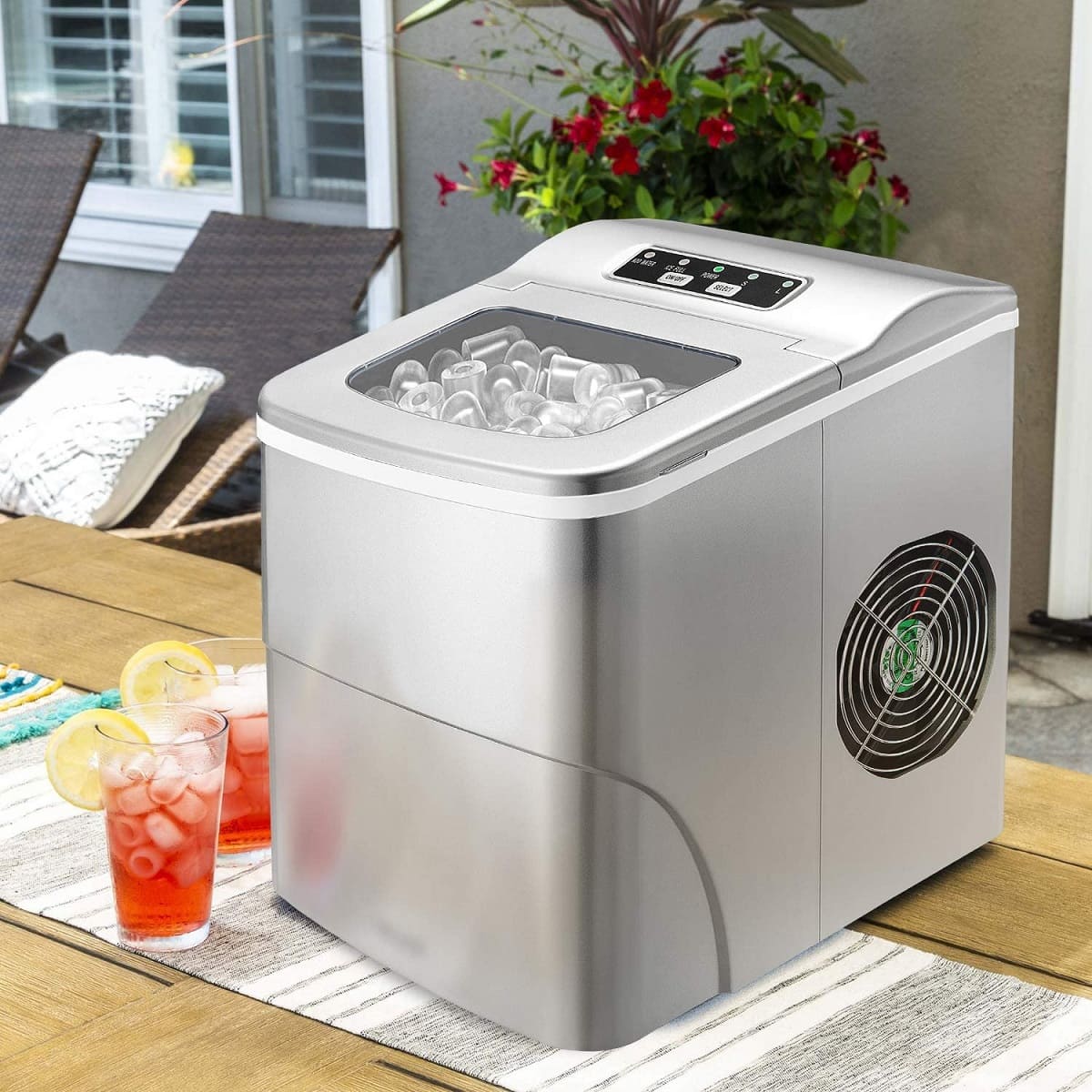

0 thoughts on “Why Is My Ice Maker Knocking”